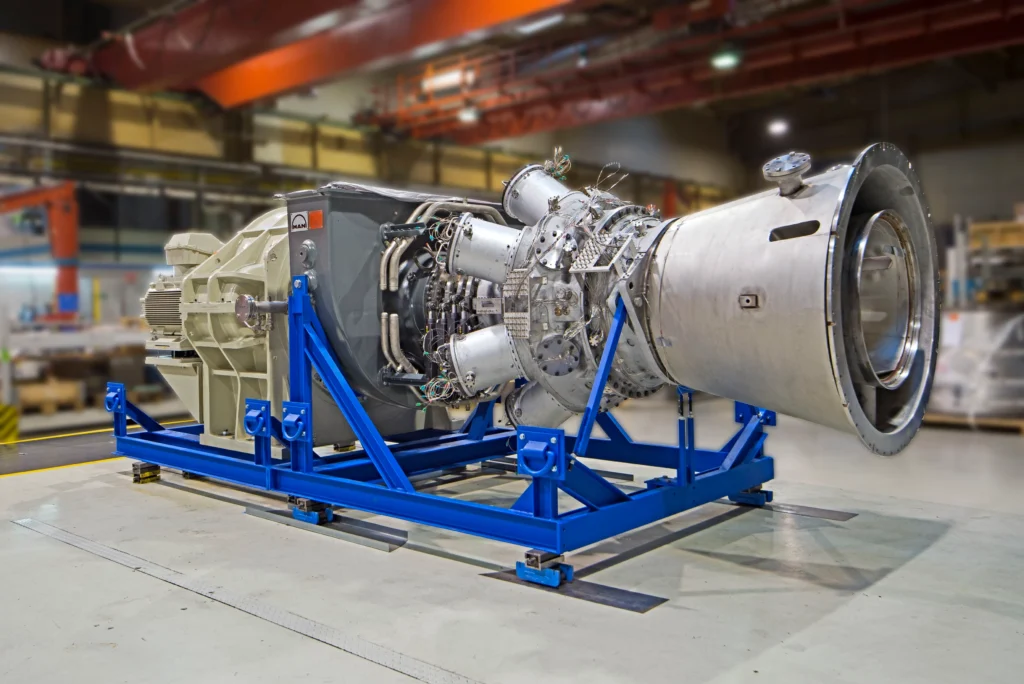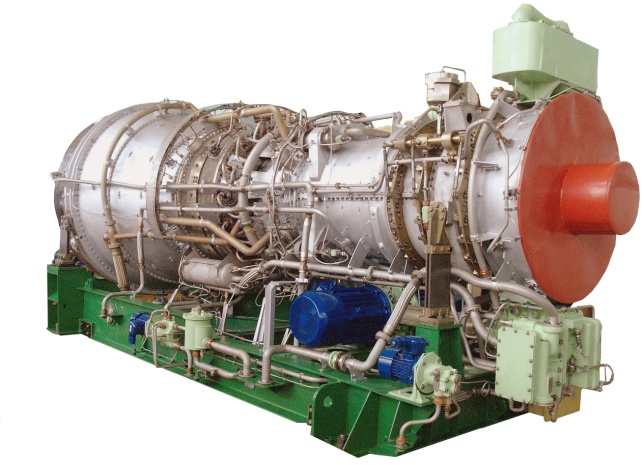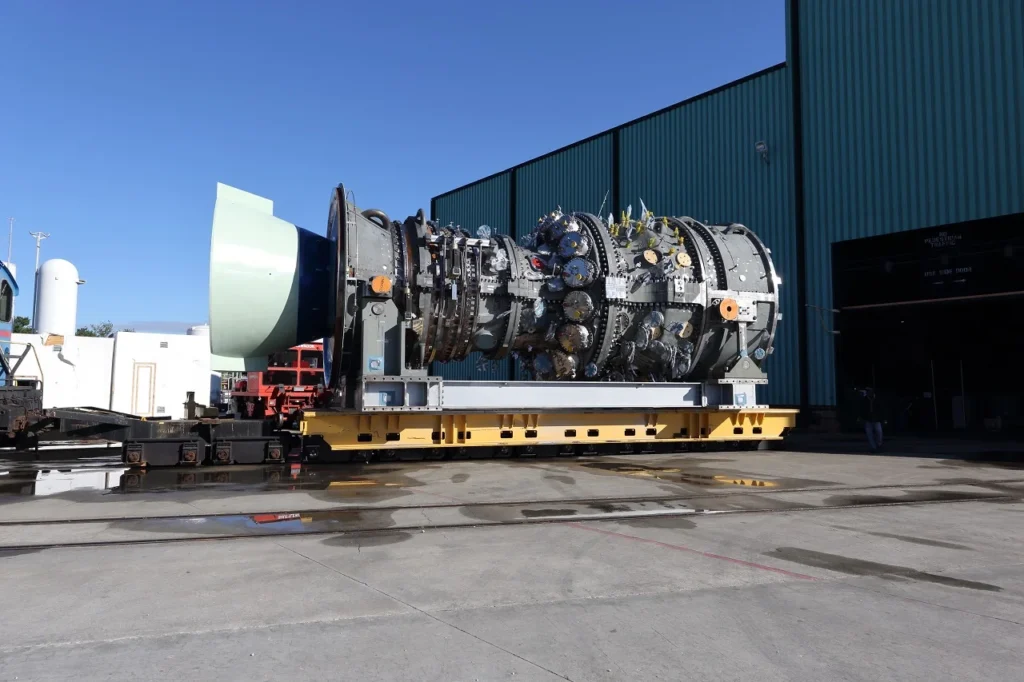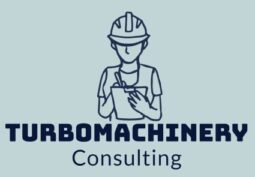FREQUENT QUESTIONS & ANSWERS - GAS TURBINES

UPGRADE
UPDATE
Why should I consider upgrading my gas turbine? Answer: Upgrading a gas turbine can improve its reliability, efficiency, and performance. It can also extend the lifespan of the equipment, reduce maintenance costs, and minimize the risk of critical failures or unscheduled shutdowns.
What are the benefits of a gas turbine upgrade? Answer: The benefits of a gas turbine upgrade include improved efficiency, increased power output, reduced emissions, enhanced reliability, and improved maintenance practices.
What are the typical upgrades that can be performed on a gas turbine? Answer: Some typical upgrades that can be performed on a gas turbine include the installation of new combustion systems, turbine blades, seals, and coatings, as well as upgrades to the control system and instrumentation.
Can an older gas turbine be upgraded? Answer: Yes, older gas turbines can be upgraded to improve their performance and reliability. Upgrades can be tailored to meet the specific needs of each gas turbine and can be designed to extend the life of the equipment.
How much does a gas turbine upgrade cost? Answer: The cost of a gas turbine upgrade can vary widely depending on the scope of the upgrade, the age of the equipment, and other factors. It is important to work with an experienced provider to determine the best upgrade options for your equipment and budget.
How long does it take to complete a gas turbine upgrade? Answer: The time required to complete a gas turbine upgrade will depend on the scope of the upgrade and the specific equipment involved. Some upgrades can be completed in a matter of weeks, while others may take several months.
How can I ensure that my gas turbine upgrade is successful? Answer: To ensure the success of a gas turbine upgrade, it is important to work with an experienced provider who can provide comprehensive support throughout the upgrade process. This includes thorough planning, testing, and commissioning of the upgraded equipment, as well as ongoing maintenance and support.
Q: What is a gas turbine update? A: A gas turbine update involves modifying an existing gas turbine with newer technologies to improve its performance, reliability, and efficiency.
Q: Why is a gas turbine update necessary? A: A gas turbine update is necessary to keep up with newer technologies and regulations, improve the efficiency and performance of the turbine, and extend the lifespan of the equipment.
Q: What are the benefits of a gas turbine update? A: The benefits of a gas turbine update include improved efficiency and performance, increased reliability and availability, extended equipment lifespan, reduced maintenance costs, compliance with environmental regulations, and improved safety.
Q: What types of updates can be applied to gas turbines? A: Updates that can be applied to gas turbines include combustion system upgrades, blade and vane modifications, control system upgrades, inlet air conditioning, and component replacements or repairs.
Q: How can I determine if a gas turbine update is necessary for my facility? A: A comprehensive assessment of the gas turbine’s current performance, maintenance history, and compliance with regulations can help determine if an update is necessary. A qualified gas turbine service provider can perform this assessment and provide recommendations.
Q: How long does a gas turbine update take? A: The duration of a gas turbine update can vary depending on the scope of the project and the equipment’s condition. A qualified gas turbine service provider can provide an estimated timeline based on the specific project requirements.
Q: What is the cost of a gas turbine update? A: The cost of a gas turbine update depends on the scope of the project and the specific technologies and components involved. A qualified gas turbine service provider can provide a cost estimate based on the specific project requirements.
Q: How can I ensure the success of a gas turbine update project? A: The success of a gas turbine update project can be ensured by selecting a qualified gas turbine service provider with experience in performing similar projects, ensuring proper project management, and conducting thorough testing and commissioning of the updated equipment.

UPRATE
RERATE
Q: What is an uprate for a gas turbine? A: An uprate is a modification to a gas turbine’s components or systems to increase its output or performance, typically through changes to the combustion system or turbine blades.
Q: What are the benefits of uprating a gas turbine? A: Uprating can improve a gas turbine’s efficiency, reliability, and output, resulting in increased power generation and reduced fuel consumption. It can also extend the operating life of the turbine and reduce maintenance costs.
Q: Can all gas turbines be uprated? A: Not all gas turbines are suitable for uprating, as the feasibility and benefits depend on the design, age, and condition of the turbine. A thorough assessment and analysis are required to determine if uprating is a viable option.
Q: What are the potential risks of uprating a gas turbine? A: Uprating a gas turbine can increase stress on the components and systems, potentially leading to reduced reliability or increased maintenance requirements. It is important to ensure that the uprate design and installation are appropriate and meet safety and regulatory requirements.
Q: What factors should be considered when planning an uprate for a gas turbine? A: Factors to consider include the design and condition of the existing turbine, the proposed uprate design, the impact on system performance and reliability, safety and regulatory compliance, and the cost-benefit analysis of the uprate.
Q: How can maintenance be optimized after an uprate? A: Following an uprate, maintenance plans and procedures should be updated to reflect any changes to the gas turbine’s components and systems. This can include changes to inspection schedules, lubrication requirements, and other maintenance tasks to ensure optimal performance and reliability.
Q: What is gas turbine rerating and what does it involve? A: Rerating is the process of increasing the power output of a gas turbine without replacing the entire machine. It involves upgrading certain components, such as the compressor, turbine, or combustion system, to improve performance.
Q: What are the benefits of gas turbine rerating? A: Rerating can improve the efficiency, output, and performance of gas turbines, while reducing maintenance and operational costs. It can also extend the lifespan of the equipment.
Q: Can all gas turbines be rerated? A: Not all gas turbines can be rerated, as it depends on the age, condition, and design of the machine. Consult with a qualified gas turbine expert to determine if rerating is feasible and cost-effective.
Q: How much does gas turbine rerating cost? A: The cost of gas turbine rerating depends on the extent of the upgrade, the specific components being upgraded, and the age and condition of the machine. A detailed analysis should be conducted to determine the cost-effectiveness of the rerating.
Q: What are the safety considerations for gas turbine rerating? A: Rerating can affect the safety and reliability of the gas turbine, so it is important to conduct thorough risk assessments and safety evaluations. Proper installation and commissioning procedures must also be followed to ensure safe operation.
Q: How long does it take to rerate a gas turbine? A: The time required for gas turbine rerating depends on the extent of the upgrade, the specific components being upgraded, and the complexity of the machine. A typical rerating project can take several months to complete.
Q: How do you ensure that the gas turbine operates reliably after rerating? A: Proper maintenance and monitoring practices must be implemented to ensure that the gas turbine operates reliably after rerating. Regular inspections, testing, and calibration of equipment should also be performed to detect any potential issues early on.
REVAMP
Q1: What is REVAMP, and how does it benefit gas turbines? A1: REVAMP stands for “Retrofits, Upgrades, Enhancements, and Modernizations of Plants.” It involves implementing modifications and upgrades to gas turbines to improve their reliability, performance, and safety. REVAMP projects can enhance turbine efficiency, increase power output, reduce emissions, and extend the operational life of the equipment.
Q2: What are some common modifications and upgrades made during a gas turbine REVAMP project? A2: Common modifications and upgrades in gas turbine REVAMP projects include aerodynamic enhancements, component replacements or upgrades, control system upgrades, advanced monitoring and diagnostics, safety system enhancements, and environmental compliance measures.
Q3: How can REVAMP improve the reliability of gas turbines? A3: REVAMP enhances the reliability of gas turbines by replacing worn-out or outdated components, upgrading control systems for better responsiveness and stability, implementing advanced monitoring systems for real-time health monitoring, and proactively addressing potential issues through predictive maintenance strategies.
Q4: Can REVAMP projects improve the performance of existing gas turbines? A4: Yes, REVAMP projects can significantly improve the performance of existing gas turbines. Upgrades such as aerodynamic enhancements, control system optimizations, and component replacements can lead to increased power output, improved fuel efficiency, reduced emissions, and enhanced overall turbine performance.
Q5: Is REVAMP only applicable to existing gas turbines, or can it be implemented in new projects as well? A5: REVAMP strategies can be applied to both existing gas turbines and new projects. In new projects, REVAMP principles can be incorporated from the beginning, considering the latest technologies and design enhancements to ensure optimum reliability, performance, and safety.
Q6: How does REVAMP help in avoiding critical failures in gas turbines? A6: By implementing REVAMP strategies, potential issues in gas turbines can be identified and addressed proactively through advanced monitoring, diagnostics, and predictive maintenance. Upgrades and component replacements improve the overall reliability and durability of the equipment, reducing the likelihood of critical failures.
Q7: Are there any safety considerations in gas turbine REVAMP projects? A7: Yes, safety considerations are an important aspect of REVAMP projects. Upgrades may include the installation of advanced safety systems, emergency shutdown mechanisms, overspeed protection, and improved instrumentation and control systems to ensure safe and reliable operation.
Q8: Can REVAMP projects help in complying with environmental regulations? A8: Yes, REVAMP projects often include measures to ensure compliance with environmental regulations. Upgrades may involve the integration of pollution control technologies, emission reduction measures, and the use of alternative fuels to minimize the environmental impact of gas turbine operations.
Q9: How long does a typical gas turbine REVAMP project take? A9: The duration of a gas turbine REVAMP project can vary depending on the scope and complexity of the upgrades. It can range from a few months to a year or more, considering factors such as engineering design, procurement, construction, and commissioning.
Q10: What are the potential cost savings associated with gas turbine REVAMP projects? A10: Gas turbine REVAMP projects can lead to cost savings through improved efficiency, reduced maintenance requirements, increased power output, and optimized operation. These factors contribute to lower fuel consumption, reduced downtime, and improved overall performance, resulting in significant cost savings over the operational life of the turbine.

